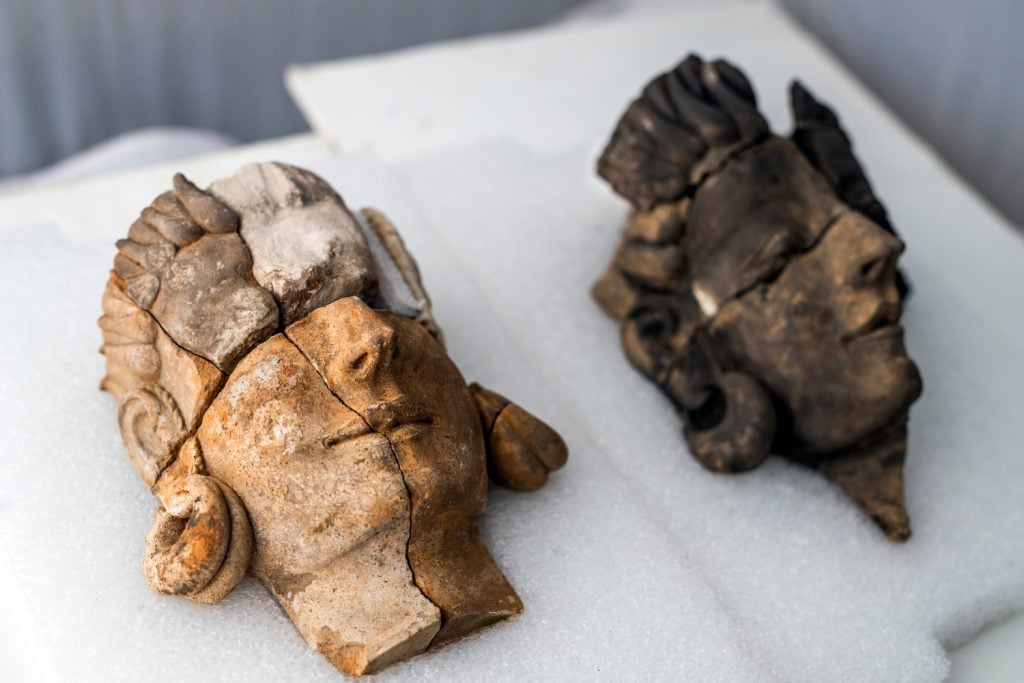Archaeology & History
2,600-Year-Old Stone Reliefs in Spain Reveal Early Depictions of an Obscure Ancient Civilization
The figures represented may have been deities of significant members of Tartessian society.

The figures represented may have been deities of significant members of Tartessian society.

Jo Lawson-Tancred

Archaeologists in Spain have unearthed five 5th-century stone reliefs of human faces belonging to the ancient Tartessian culture of the 8th–4th centuries B.C.E.
The two most complete of these artifacts each depict women wearing jewelry. This decoration and the technical skill employed to produce the faces has led researchers to speculate that they may represent female divinities from the Tartessian pantheon. Alternatively, the women may have been prominent figures in Tartessian society. Another of the figures is thought to represent a warrior.
The Tartessos civilization inhabited the southern Iberian Peninsula and is known to us only from archaeological discoveries. It was previously thought to have been an aniconic culture that only represented deities indirectly via animal, vegetable motifs, or baetylus (sacred stones). This new finding could therefore bring about a major shift in historians’ understanding of this obscure ancient period.
The discovery was made at the Iron Age site of Casas del Turuñuelo in the province of Badajoz, which comprises a large, two-story building made of adobe walls on stone foundations. Though it has been known about since the 1990s, it was first explored in 2015 as part of “Building Tartesos,” a project that analyzes the culture’s surviving materials, architectural plans, and construction techniques. The building was found to be exceptionally well-preserved and researchers have even been able to walk on the intact upper floor.
This latest effort, the fifth excavation of the site, saw archaeologists focus their efforts on an area to the east of the complex as they tried to locate the structure’s facade and the entranceway to a courtyard where animals were ritually slaughtered.
The research has been carried out since 2015 by the Institute of Archaeology of Mérida, an organization that combines Spain’s National Council for Scientific Research and the local government of Extremadura.
More Trending Stories: